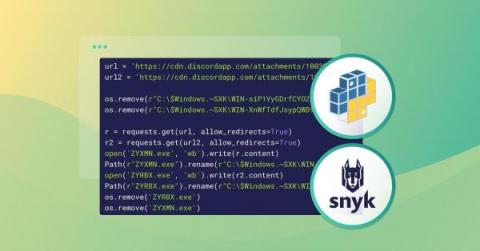Analysis of Clop's Attack on South Staffordshire Water - UK
On August 15, the Clop ransomware group announced on their leak website the breach of South Staffordshire Water, a privately owned UK water supply company. This attack is yet another example of ransomware gangs targeting critical infrastructure expecting to receive a big payout, which is reminiscent of hundreds of previous incidents, including the well-known Colonial Pipeline and JBS attacks.











